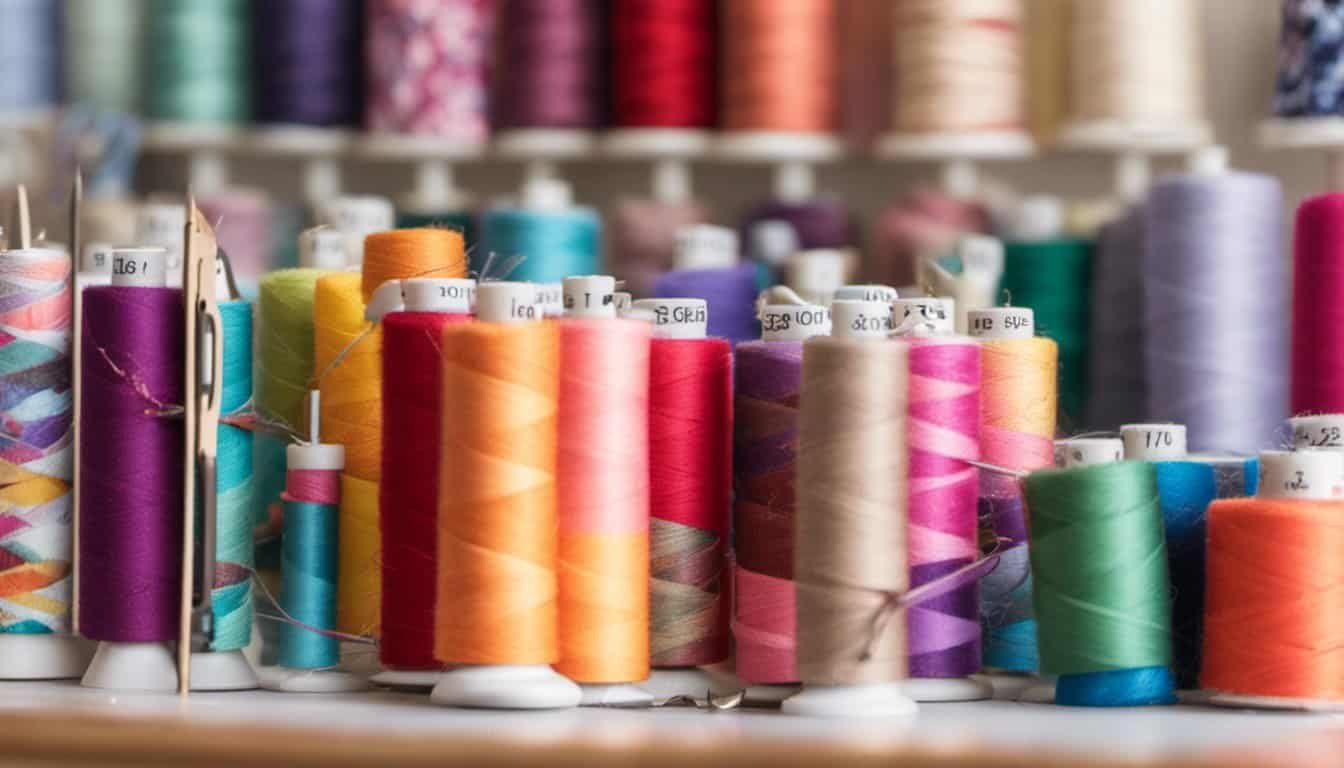Ever found yourself out of dental floss and wondered if you could use sewing thread instead? It’s a common dilemma, especially when you’re in a pinch and need to keep your teeth clean. While it might seem like a quick fix, using sewing thread for flossing isn’t as straightforward as it sounds.
Before you reach for that spool, it’s essential to consider the differences between dental floss and sewing thread. Your oral health is important, and understanding the potential risks and benefits can help you make the best choice for your smile. Let’s dive into whether sewing thread is a viable alternative to dental floss and what you should keep in mind.
Exploring the Idea of Using Sewing Thread for Flossing
Ever thought about using sewing thread to clean between your teeth? Before diving into this unconventional flossing method, it’s important to understand the potential implications.
Potential Risks of Using Sewing Thread as Floss
Using sewing thread as a replacement for dental floss can pose several risks:
- Material Composition: Unlike dental floss, most sewing threads aren’t designed for oral use. Threads often contain dyes, waxes, and coatings, which can be harmful if ingested.
- Thread Strength: Sewing thread may break easily when used for flossing, unlike dental floss which is designed for durability. Broken thread fibers can get stuck between teeth, leading to discomfort or infection.
- Hygiene Concerns: Threads aren’t typically sterile, increasing the risk of introducing bacteria into your mouth. This can lead to gum infections or other oral health issues.
Comparing Sewing Thread to Traditional Dental Floss
Several aspects differentiate sewing thread from traditional dental floss:
- Material and Coatings: Dental floss is made from safe materials like nylon or Teflon and is specifically tested for oral safety. Sewing thread, often made from cotton or polyester, may have coatings not suitable for oral use.
- Texture and Thickness: Dental floss is thin and smooth to glide easily between teeth without causing damage. Sewing thread can be rough and abrasive, potentially injuring gums or causing bleeding.
- Sterility and Cleanliness: Dental floss is manufactured sterile and safe for oral use, reducing the risk of microbial infection. Sewing thread lacks this level of sterility, posing significant oral health risks.
Considering these key points highlights why dental floss remains the recommended tool for maintaining optimal oral hygiene. Understanding the material and hygiene differences is essential for making informed health decisions.
Possible Benefits of Flossing with Sewing Thread
Flossing with sewing thread might seem unconventional, but there are some potential benefits that could make it useful in specific situations.
Practicality in Emergency Situations
Sewing thread can be a practical alternative in emergency situations where dental floss isn’t available. Sewing thread’s fine and flexible nature allows it to fit between teeth, helping to remove food particles and plaque. When stranded without dental floss, using clear or non-dyed thread reduces the risk of leaving residue between teeth. However, ensure the thread is clean and unused to avoid introducing bacteria into your mouth.
Cost-Effectiveness of Sewing Thread
Sewing thread can be more cost-effective, especially for those who already have it on hand. A single spool of thread often contains hundreds of yards, offering a long-lasting supply compared to dental floss. This bulk availability means you won’t need to frequently purchase floss, saving money over time. Ensure to choose high-quality, smooth thread to minimize potential abrasion on gums.
Recommended Alternatives to Sewing Thread for Dental Care
While sewing thread may seem handy, it’s not the best choice for flossing. Here are safer, more effective alternatives.
Safe and Effective Flossing Options
Use dental floss made specifically for oral hygiene. Available in waxed, unwaxed, and flavored varieties, dental floss removes plaque and food particles effectively.
Consider dental tape if regular floss feels too thin. It has a broader, flatter design, making it gentler on your gums. Ideal for those with more space between their teeth.
Try floss picks for convenience. These disposable plastic tools hold a small piece of floss, making it easier to reach the back of your mouth.
Opt for a water flosser as a high-tech alternative. These devices use a stream to clean between teeth and along the gumline. They’re beneficial for people with braces or other dental appliances.

Improvised Flossing Solutions
In emergencies, repurposing certain items can help. Use a clean, unused piece of fishing line if no dental floss is available. Ensure it’s not frayed and free from any contaminants.
Consider using dental picks or interdental brushes. These small tools can fit between teeth, removing debris where a toothbrush can’t reach. They’re often available in grocery or drug stores.
Look for natural fiber substitutes like silk dental floss. If tapping into natural options, ensure they’re designed specifically for oral care to maintain safety and effectiveness.
Always prioritize products intended for dental use. Proper tools support better oral health, reducing risks like gum damage or infection associated with using unsuitable materials.
Conclusion
When it comes to maintaining your oral health, it’s best to stick with products designed specifically for dental care. While sewing thread might seem like a quick fix, it carries risks that aren’t worth taking. Instead, consider using dental floss, dental tape, or even a water flosser for a safer and more effective clean.
« The Shocking Truth About Why Safety Sewing Is Crucial – Your Health Depends on It
Revolutionize Your Sewing: The Ultimate Sewing Machine Needle Comparison Chart You Must See »
In a pinch, you can use alternatives like fishing line or natural fiber substitutes, but these should only be temporary solutions. Always prioritize your dental health by using the right tools to keep your smile bright and your gums healthy. Your teeth will thank you!

















